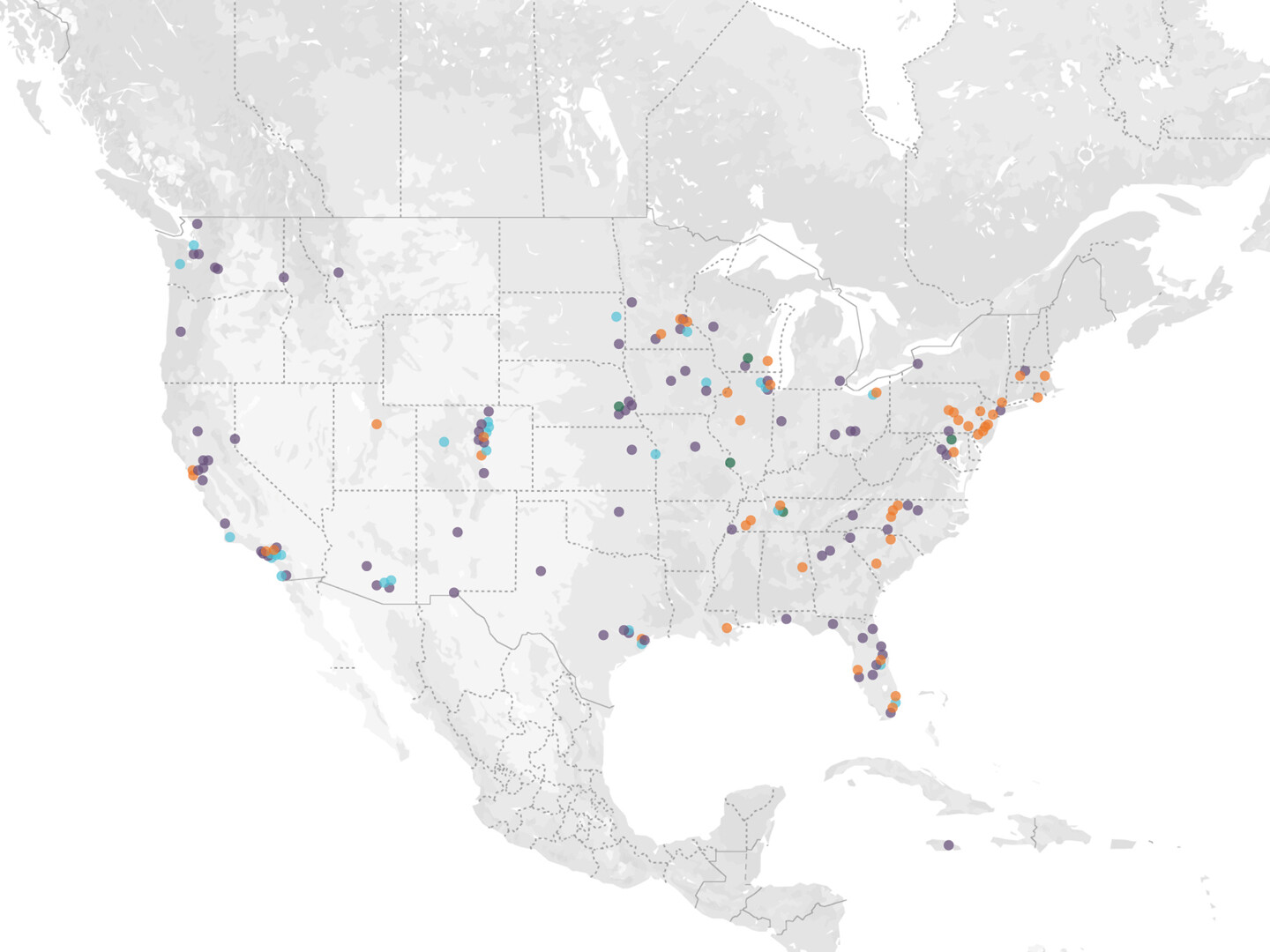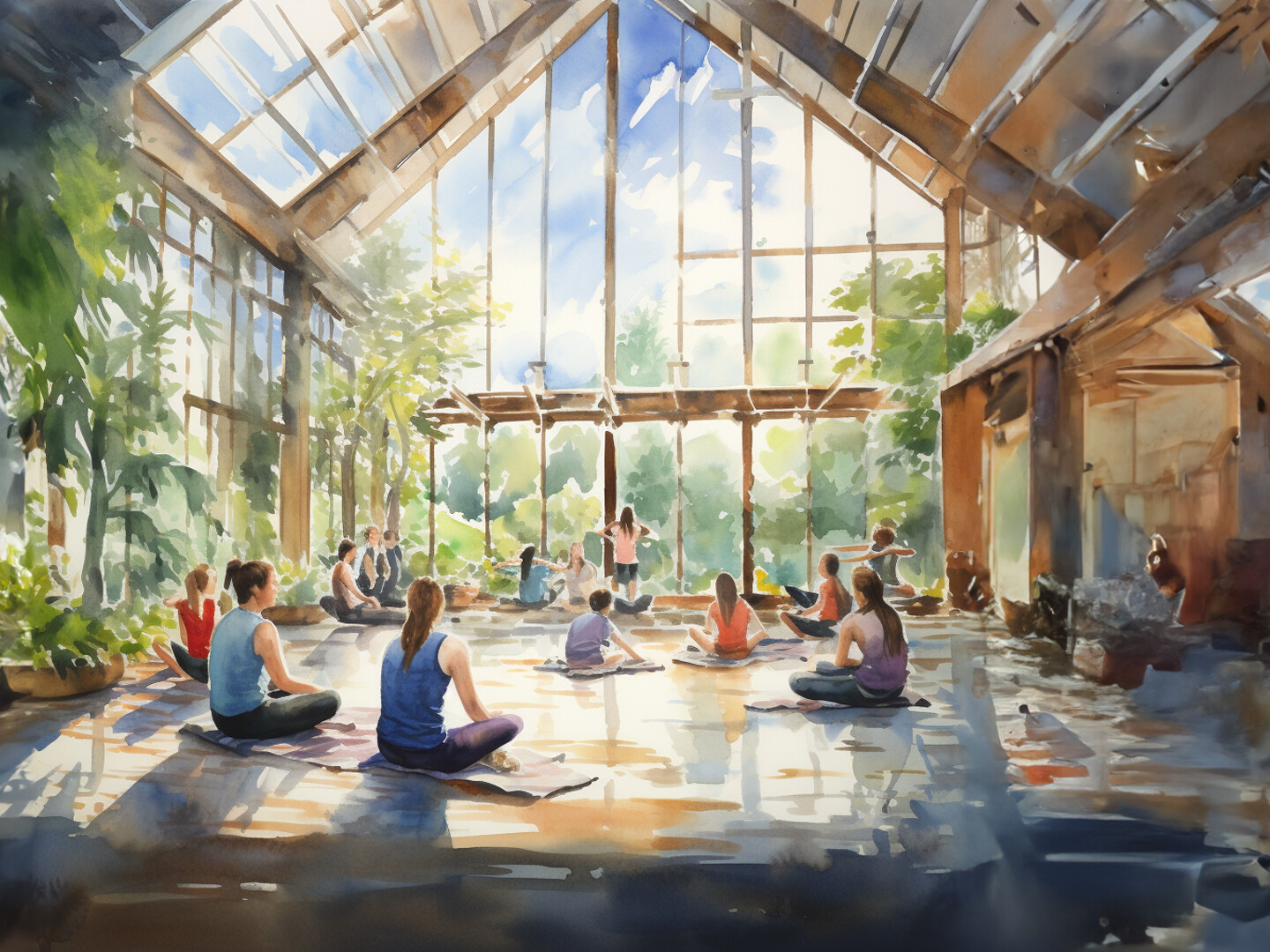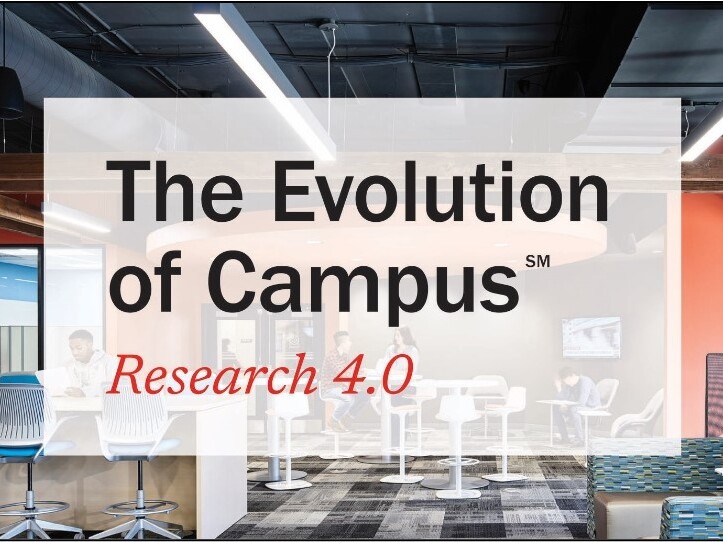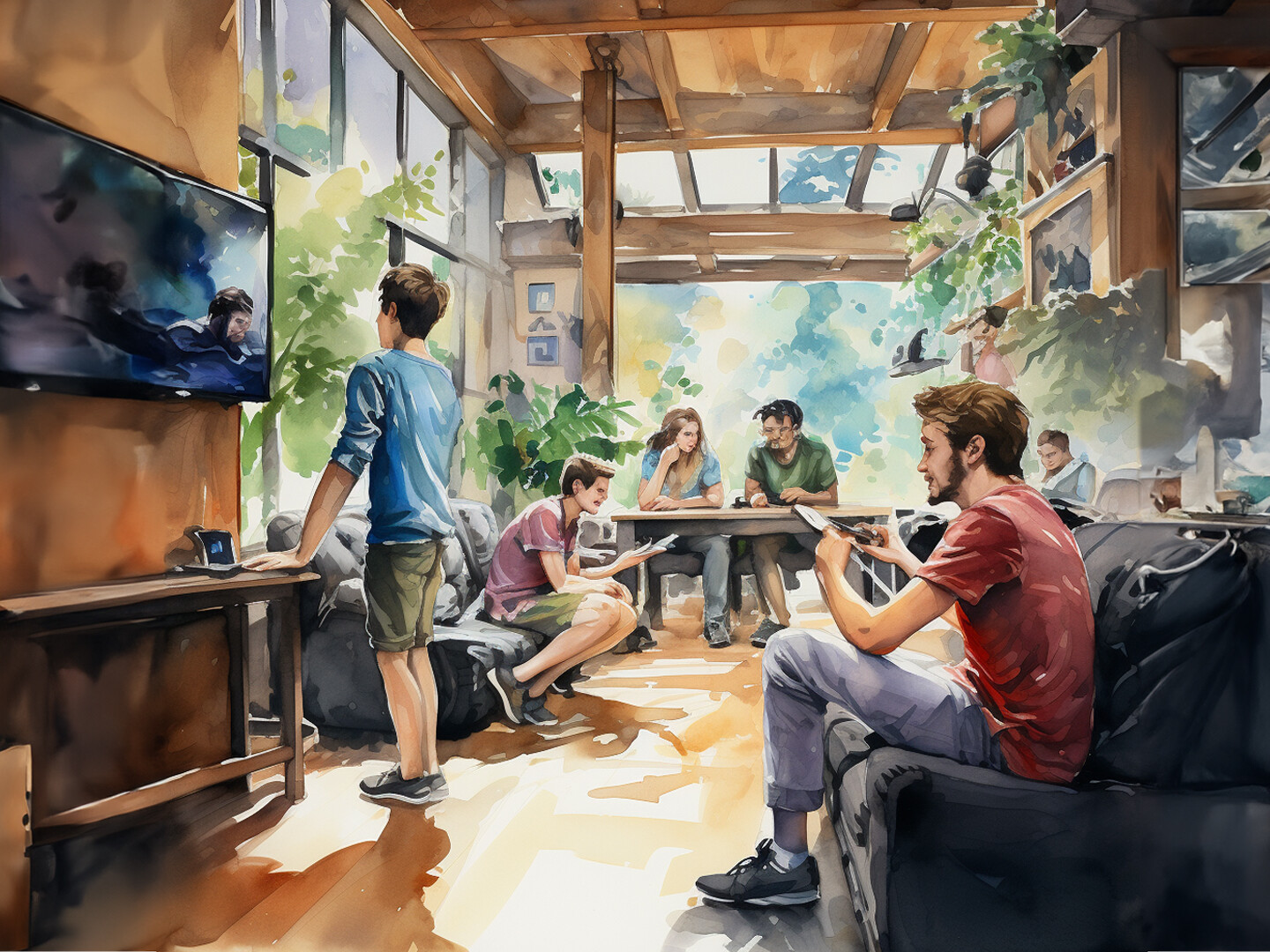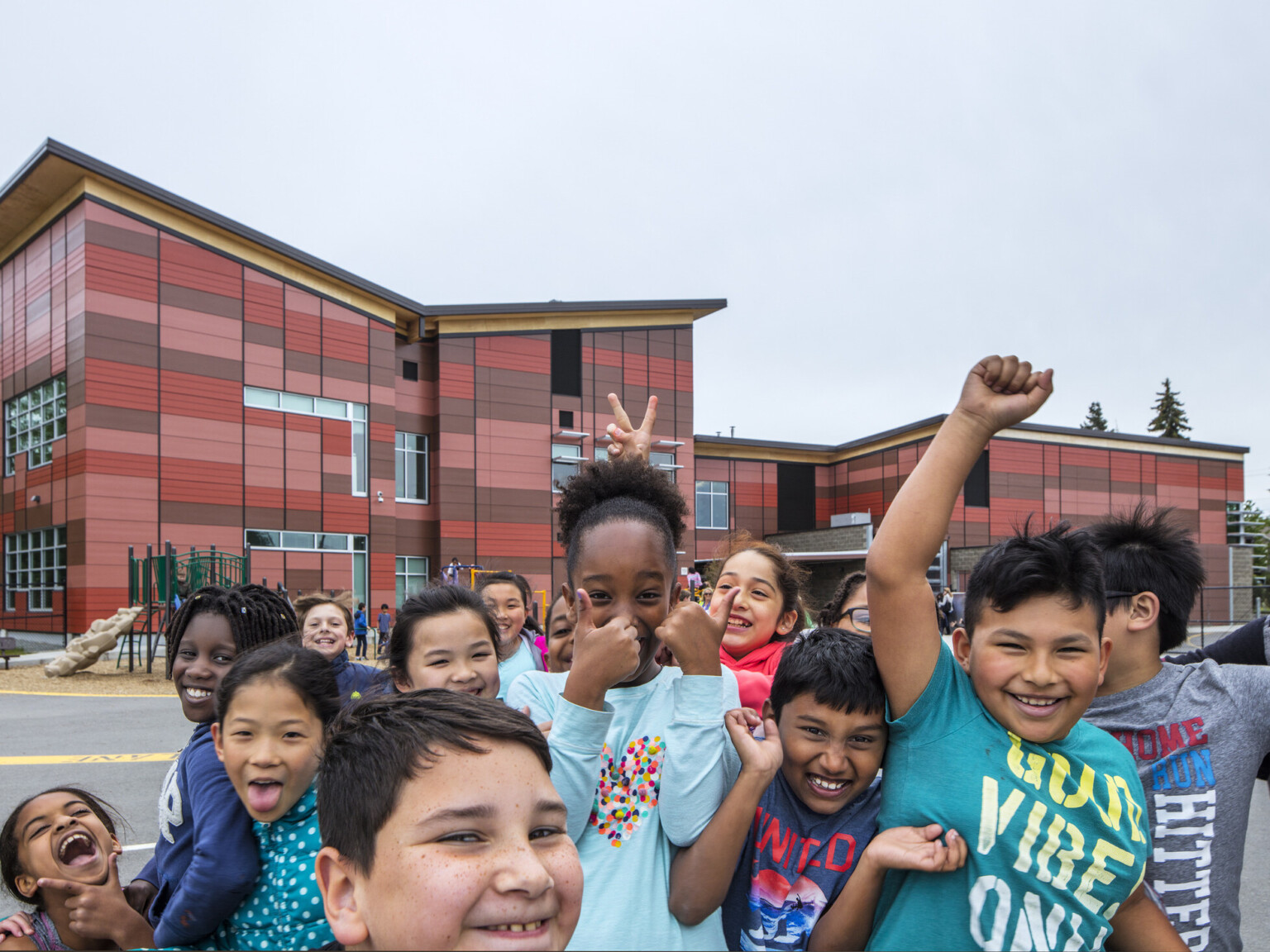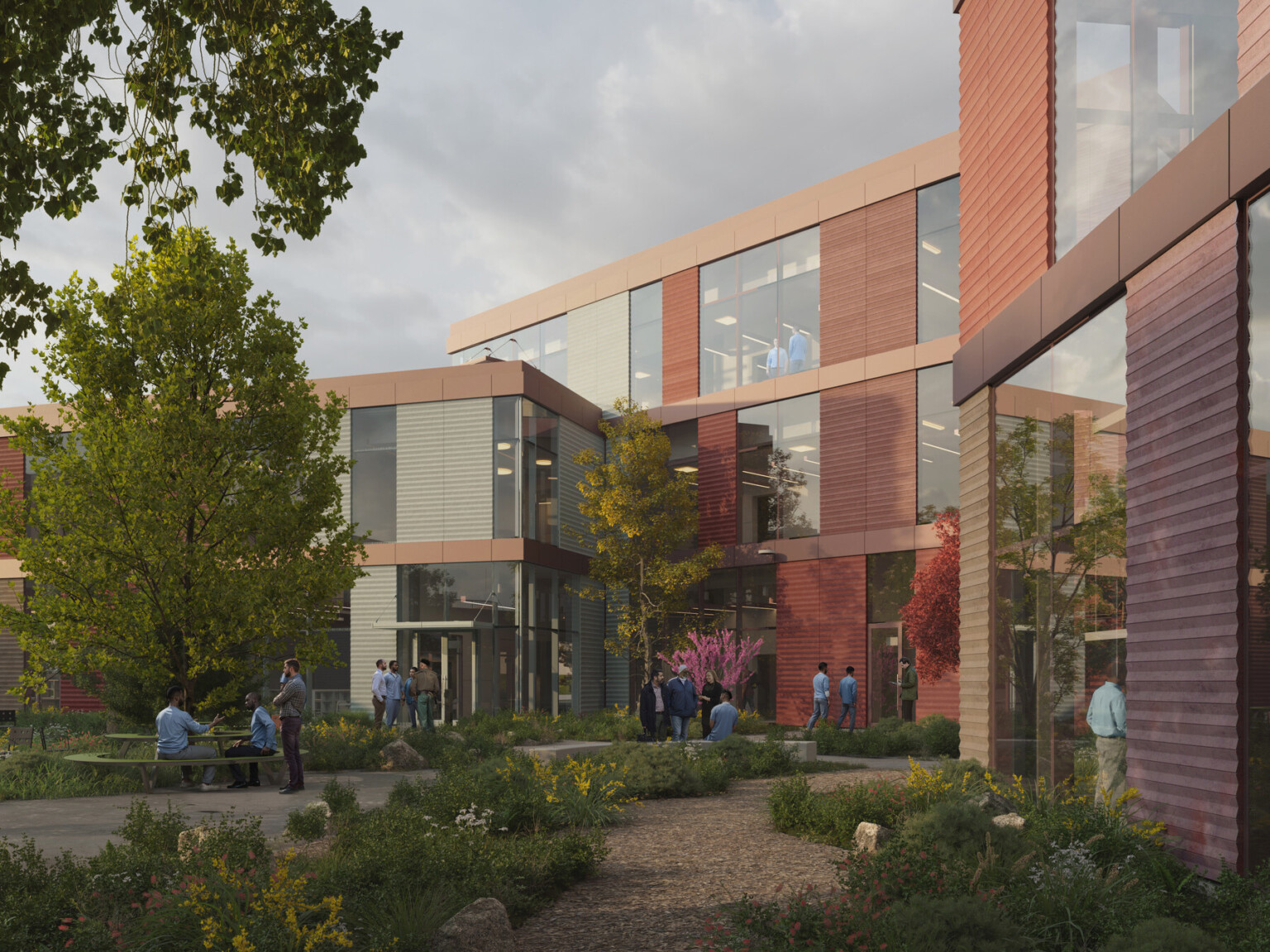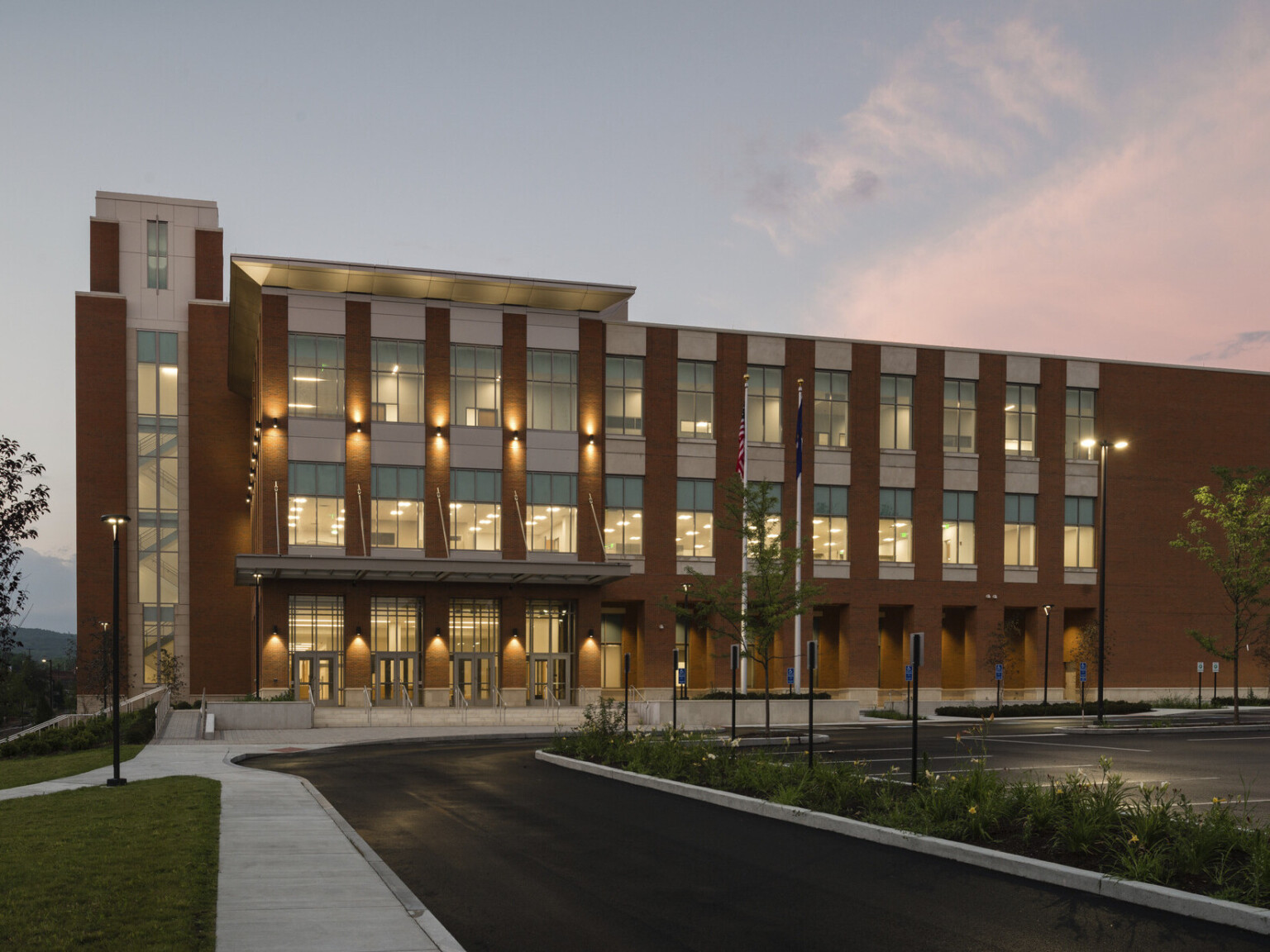
Where Does Wellbeing in Higher Education Occur: Spaces for Wellness
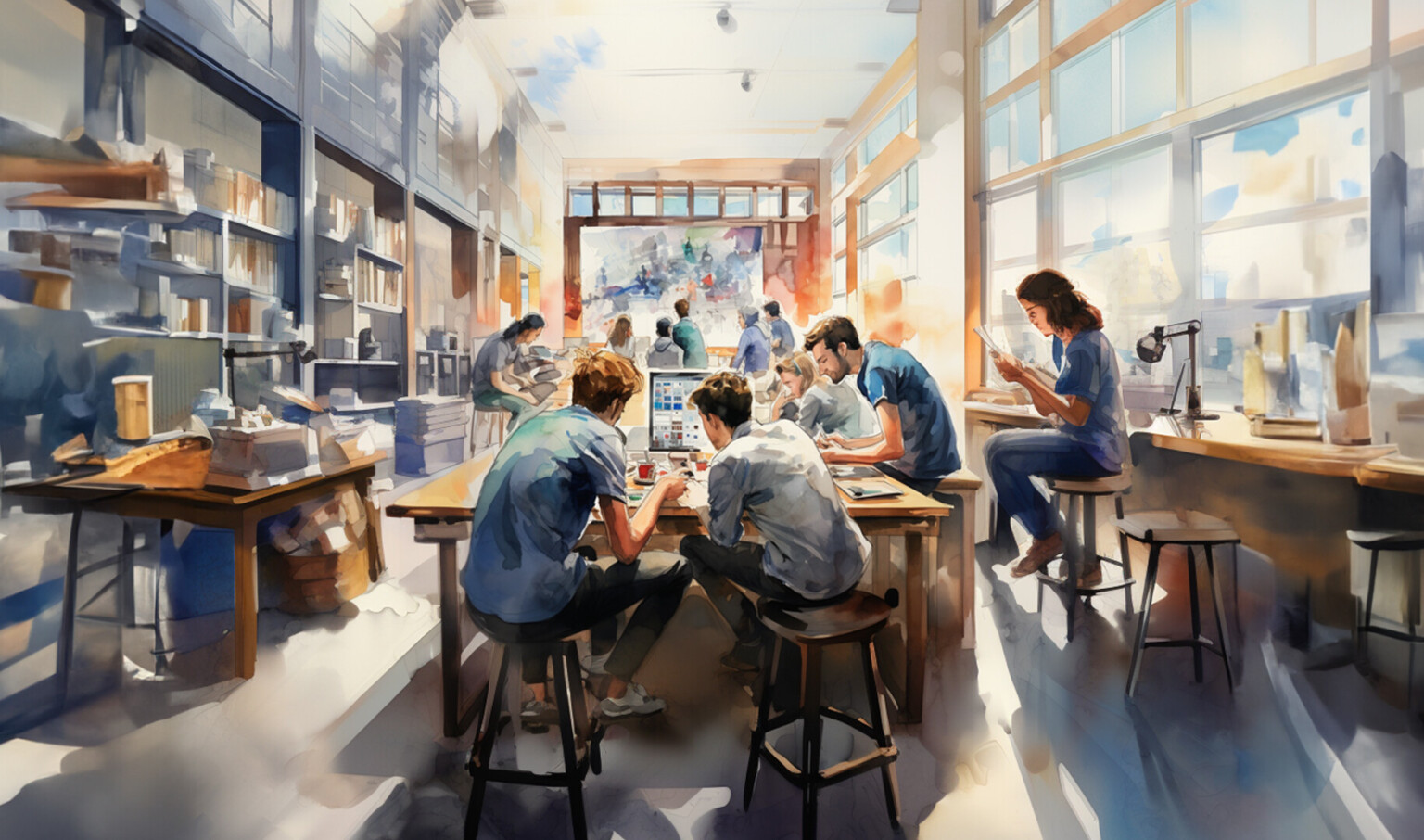
Our research revealed that higher education institutions are embracing a variety of approaches, encompassing both centralized and de-centralized avenues for wellbeing. Centralized spaces are purposefully designed areas or programs dedicated to promoting wellbeing. These encompass student centers, health clinics, dining halls, student affairs offices, and fitness centers. While these spaces are tailored to address the wellness needs of students and often serve as convenient hubs for comprehensive wellness services, some students may feel reluctant to access them due to societal, mental, or emotional stigmas associated with the services they provide. An effective strategy to overcome these entry barriers is to establish de-centralized wellbeing spaces distributed throughout the campus.
De-centralized spaces are strategically dispersed throughout the campus, offering effective options for various needs. These encompass private study rooms, secluded courtyards or gardens, designated phone rooms for confidential calls and meetings, counseling spaces within dormitories or academic buildings, and similar areas. Additionally, de-centralized initiatives can entail programs that cater to wellbeing, such as outdoor sessions like goat yoga, therapeutic dog visits, cooking classes, and more. Furthermore, a higher education institution can support wellbeing by providing students with essential technology, including robust WiFi connectivity, outdoor power outlets for electronic devices, and apps that furnish information on student services or offer guidance on tranquil spots to retreat and rejuvenate amidst a hectic day. These de-centralized options often break down the barriers of or stigma around traditional access to wellness, and in doing so, reach a broader spectrum of students.

In several of our recent design projects at higher education institutions, we’ve showcased both centralized and de-centralized spaces to enhance wellbeing. For instance, at the Georgia Institute of Technology, we programmed an experiential pathway complete with pavilions, and activated outdoor plazas adjacent to several student service buildings. This design addresses spatial requirements while seamlessly integrating programs along a heavily frequented route, thereby removing potential mental and emotional barriers for students seeking these services. Moreover, during a recent planning project with a private university, we identified opportunities for de-centralized wellbeing spaces dispersed throughout their campus. Many of these concepts emerged from the student engagement process, reflecting their desire to connect with the natural campus environment, be it along creeks, in wooded areas, or in open spaces at the heart of campus.
In summary, our research demonstrates that wellbeing permeates every facet of a college campus. While dedicated facilities undoubtedly play a vital role, we’ve witnessed how higher education institutions can leverage their existing resources, time, and space to effectively address wellbeing requirements. Ultimately, wellbeing thrives wherever students are, most especially in environments where they receive thoughtful and comprehensive care.
To receive ideas like this directly to your inbox, subscribe to our email list.

